

— Blogs —
—Products—
 Consumer hotline +8618073152920
Consumer hotline +8618073152920 WhatsApp:+8615367865107
Address:Room 102, District D, Houhu Industrial Park, Yuelu District, Changsha City, Hunan Province, China
Product knowledge
Time:2025-07-30 21:08:52 Popularity:531
An atmospheric pressure sensor is an electronic device used to measure atmospheric pressure, typically in units of hectopascals (hPa), millibars (mbar), or inches of mercury (inHg). Atmospheric pressure refers to the force exerted by air on a unit area, reflecting weather changes, the movement of pressure systems, and changes in altitude. Air pressure is a core parameter in meteorological observations, as it reflects the changing trends of weather systems and is an important basis for predicting weather events such as storms, rainfall, and cold waves.
Atmospheric pressure sensors detect variations in the environmental pressure and convert external pressure signals into electrical signals for real-time monitoring and data transmission. These sensors are widely used in meteorology, aerospace, marine measurement, environmental monitoring, agricultural management, and various other fields.
Atmospheric pressure sensors can be classified based on their working principles and application scenarios as follows:
- Principle: These sensors utilize mechanical structures (e.g., diaphragms or bellows) that deform under pressure, and the deformation is measured either mechanically or electrically.
- Characteristics: Simple structure, durable, but less precise; suitable for scenarios with lower accuracy requirements.
- Applications: Early meteorological devices, simple industrial pressure monitoring.
- Principle: These sensors measure atmospheric pressure through changes in capacitance caused by the deformation of a diaphragm, altering the gap between capacitor plates and generating an electrical signal.
- Characteristics: High accuracy, fast response, suitable for dynamic measurements, but sensitive to temperature variations.
- Applications: Weather stations, aerospace navigation, portable devices.
- Principle: These sensors measure pressure using the change in the resistance of semiconductor materials under pressure (piezoresistive effect), typically employing silicon-based MEMS (Micro-Electro-Mechanical Systems) technology.
- Characteristics: Compact size, low power consumption, high accuracy, widely used in modern devices.
- Applications: Smartphones, drones, automotive meteorological systems.
- Principle: These sensors measure pressure by detecting the effect of pressure on optical elements (such as fibers or mirrors), commonly used in high-precision or extreme environments.
- Characteristics: Resistant to electromagnetic interference, suitable for harsh environments, but more costly.
- Applications: Ocean research, industrial high-temperature and high-pressure environments.
- Principle: Pressure changes the oscillation frequency of a resonating element (e.g., quartz crystal), and the frequency change is used to measure pressure.
- Characteristics: Ultra-high precision, long-term stability, but complex to manufacture.
- Applications: High-precision meteorological observations, laboratory research.
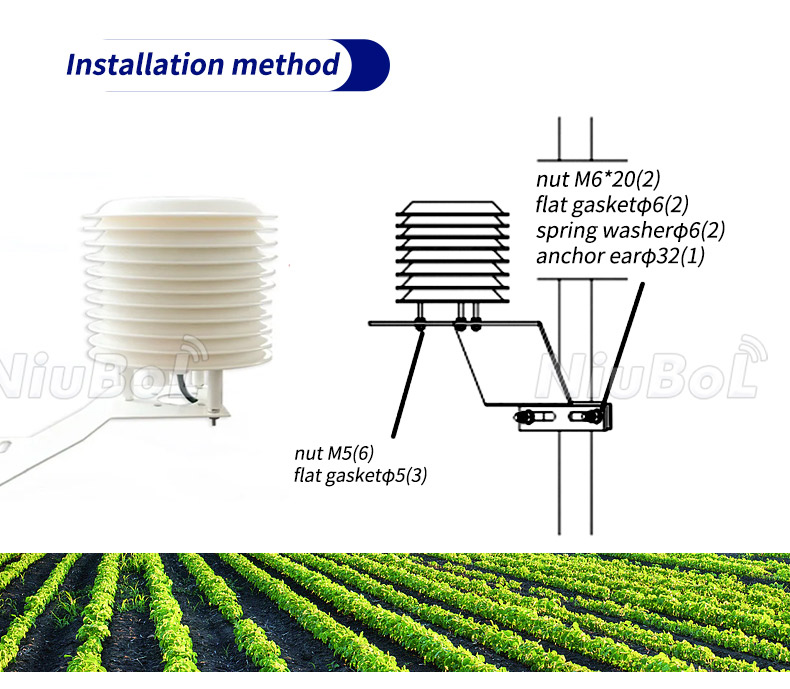
The NBL-W-LBTH is a fully digital, high-precision integrated sensor designed for the accurate and rapid detection of atmospheric temperature, humidity, and pressure. This sensor includes a signal processing unit, capable of outputting various signals (e.g., RS485) based on user needs. It features a robust design that allows it to operate stably in harsh climatic conditions. The sensor’s leaf box design effectively prevents direct sunlight and rain from affecting measurements, ensuring precision. It is widely used in meteorology, marine, environmental monitoring, airports, ports, laboratories, industries, and transportation sectors.
| Temperature measurement | - Measuring range: -40℃~80 - Accuracy: ±0.5℃. - Resolution: 0.1℃ |
| Humidity Measurement | - Measuring range: 0~100%RH - Accuracy: ±5%RH - Resolution: 0.1%RH |
| Barometer Measurement | - Measuring range: 10~1200hPa - Accuracy: ±1.5hPa - Resolution: 0.1hPa |
| Power supply | - Optional: DC 12V-24V or other (please consult customer service) |
| Output | - RS485 or 4-20mA |
| Working environment | - Operating temperature: -40~80℃ - Relative humidity: 0~100%RH |
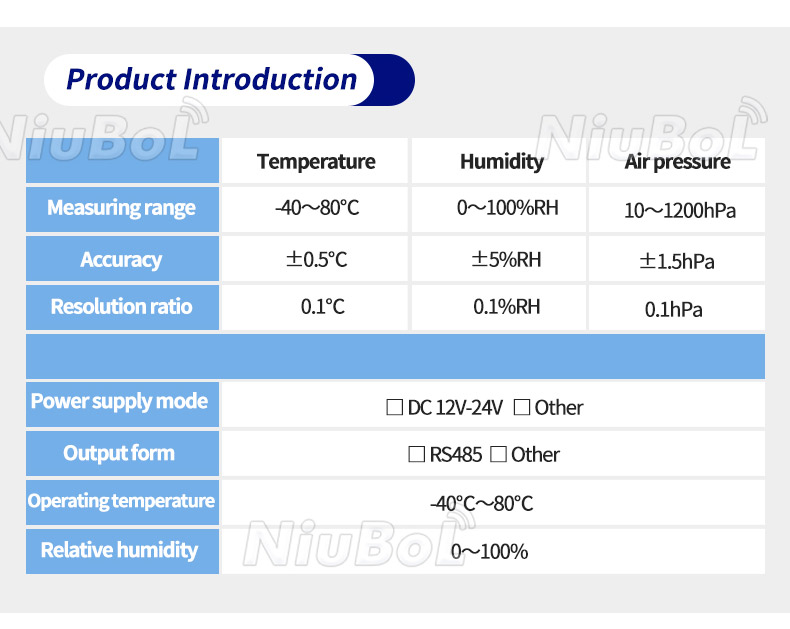
- High Precision and Stability: With an atmospheric pressure accuracy of ±1.5 hPa and a resolution of 0.1 hPa, the sensor ensures reliable data, making it suitable for high-demand applications.
- Integrated Design: Combines temperature, humidity, and pressure measurement in one device, reducing system complexity and enhancing installation and maintenance efficiency.
- Leaf Box Protection: Effectively shields measurements from solar radiation and rain, ensuring that environmental interference is minimized.
- Flexible Output: Supports various output signals like RS485, and is compatible with the MODBUS protocol, ensuring compatibility with a wide range of data acquisition systems.
- Strong Durability: Operates stably in extreme temperatures ranging from -40°C to 80°C and in environments with 0-100% humidity, making it ideal for harsh climates.
- Low Power Consumption: Suitable for solar power supply or long-term, unmanned remote monitoring applications.
- Role: Provides precise atmospheric pressure, temperature, and humidity data for weather forecasting, storm warnings, and climate research.
- Value: By monitoring pressure changes (e.g., a drop signaling a storm), the sensor helps meteorological departments issue timely warnings, reducing disaster losses.
- Role: Monitors sea-level pressure changes, supports tidal predictions, and assists with ship navigation.
- Value: Enhances safety in marine operations, optimizes port scheduling, and minimizes operational disruptions caused by weather changes.
- Role: Analyzes pollution dispersion trends and assesses environmental quality by combining temperature and humidity data.
- Value: Supports environmental protection efforts, aiding in the formulation of pollution control measures.
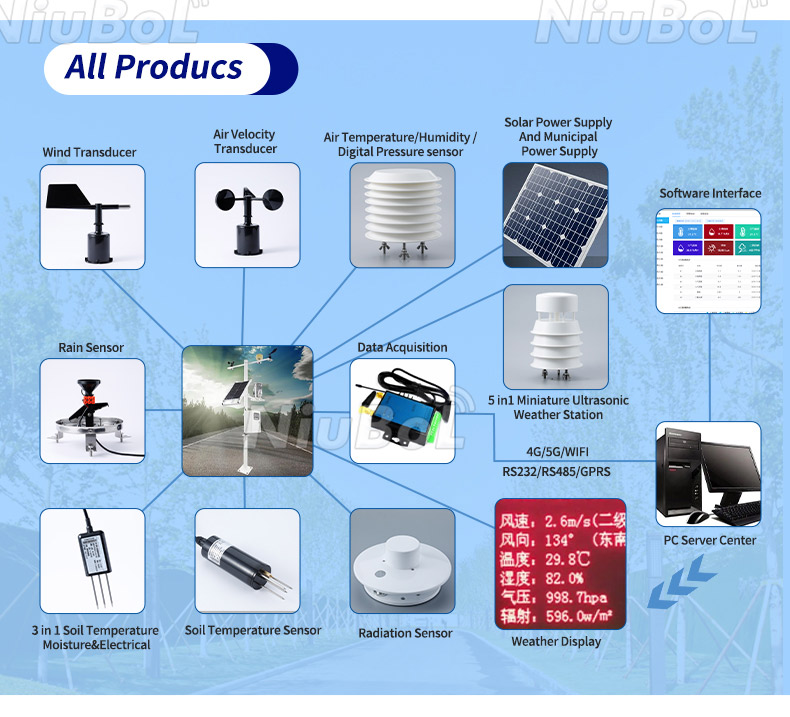
- Role: Measures pressure to calibrate altimeters, ensuring flight safety; monitors temperature and humidity to assess runway conditions.
- Value: Improves flight navigation accuracy and reduces takeoff and landing risks due to weather changes.
- Role: Monitors temperature, humidity, and pressure to optimize agricultural irrigation, greenhouse management, and industrial production.
- Value: Increases crop yield and quality, optimizes industrial production environments, and reduces energy consumption.
- Role: Provides high-precision data for meteorological, environmental, and materials science research.
- Value: Supports scientific research, fosters technological innovation, and advances academic development.
- Role: Monitors weather conditions (e.g., pressure drop signaling heavy rain or wind) to optimize traffic scheduling and safety management.
- Value: Reduces traffic accidents, improves road and rail operation efficiency.
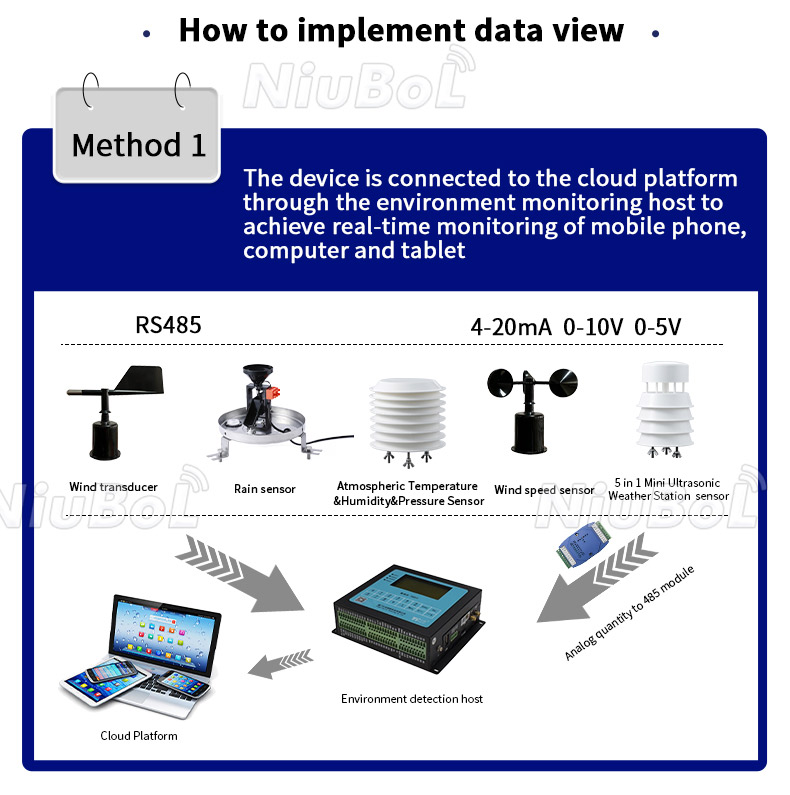
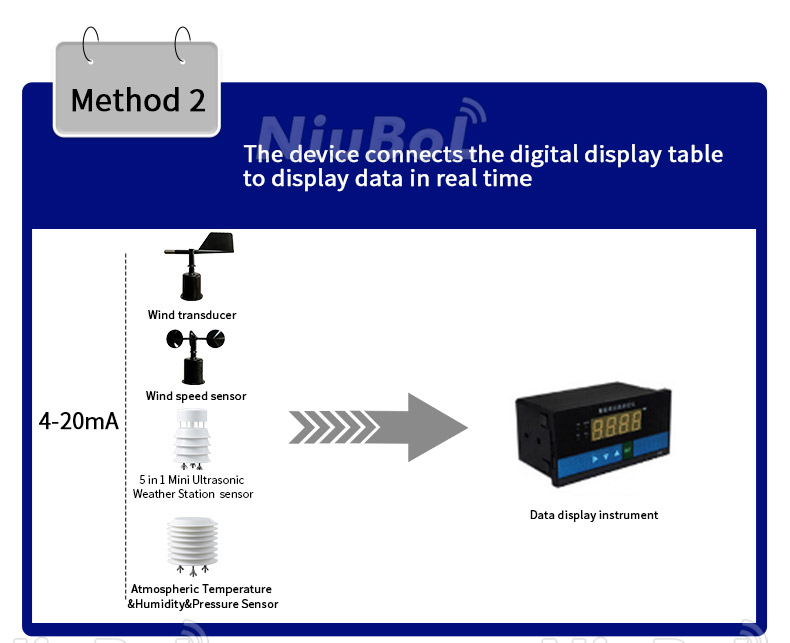
The NBL-W-LBTH sensor provides reliable data support through its high-precision measurement of atmospheric pressure, temperature, and humidity. Its integrated design and leaf box protection structure ensure stability and accuracy even in harsh environments, making it especially suitable for remote, unmanned monitoring applications. This sensor plays a crucial role in meteorological forecasting, marine navigation, environmental management, aviation safety, industrial and agricultural production, and scientific research, contributing to improved decision-making efficiency, reduced risks, and optimized resource utilization. Its high cost-performance ratio and flexible output options make it an ideal choice for weather stations, environmental monitoring systems, and smart devices.
Atmospheric pressure sensors are essential tools for modern environmental monitoring. By measuring atmospheric pressure changes, they provide critical data for meteorology, aviation, marine, industrial agriculture, and scientific research. Depending on the working principle, they can be classified into mechanical, capacitive, piezoresistive, optical, and resonant types, each with its own advantages in terms of precision, cost, and application. The NBL-W-LBTH leaf box-type temperature, humidity, and pressure sensor stands out for its high precision, integrated design, and strong environmental adaptability, making it widely used in various fields such as meteorology, marine, environmental monitoring, aviation, industrial, agricultural, and transportation. If you are looking for a reliable atmospheric monitoring sensor, the NBL-W-LBTH is undoubtedly a trustworthy choice.
NBL-W-LBTH-Atmosphere-temperature-humidity-and-pressure-sensor-instruction-manual-V4.0.pdf
Related recommendations
Sensors & Weather Stations Catalog
Agriculture Sensors and Weather Stations Catalog-NiuBoL.pdf
Weather Stations Catalog-NiuBoL.pdf
Related products
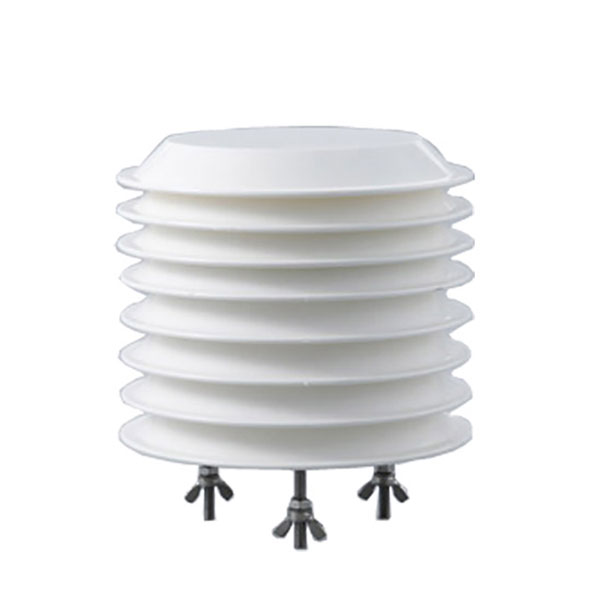 Combined air temperature and relative humidity sensor
Combined air temperature and relative humidity sensor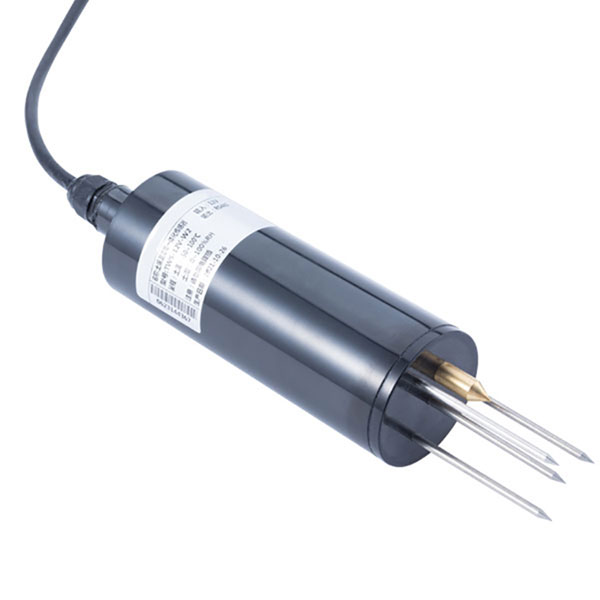 Soil Moisture Temperature sensor for irrigation
Soil Moisture Temperature sensor for irrigation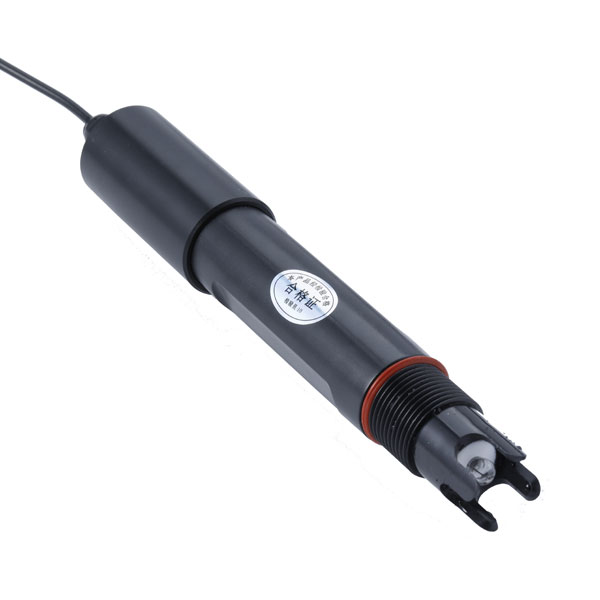 Soil pH sensor RS485 soil Testing instrument soil ph meter for agriculture
Soil pH sensor RS485 soil Testing instrument soil ph meter for agriculture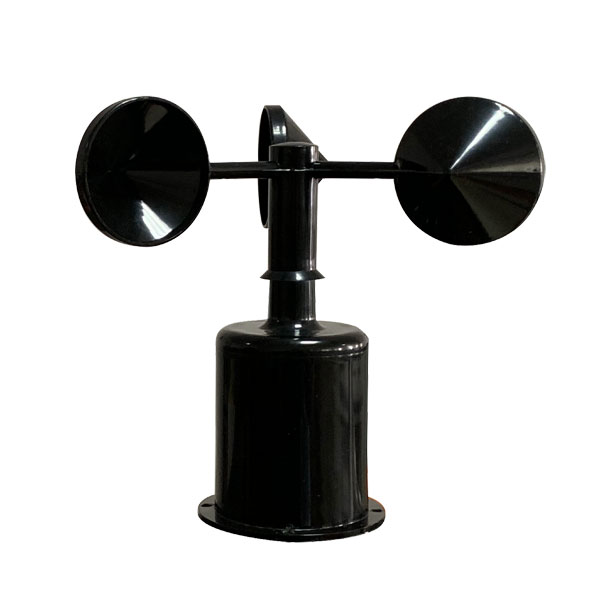 Wind Speed sensor Output Modbus/RS485/Analog/0-5V/4-20mA
Wind Speed sensor Output Modbus/RS485/Analog/0-5V/4-20mA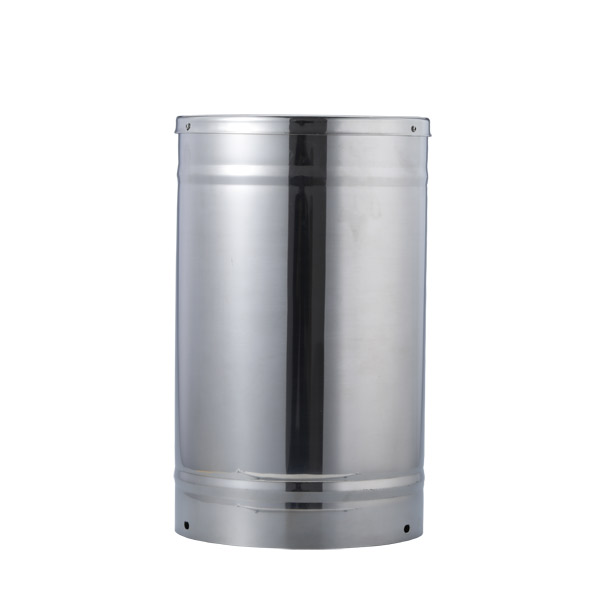 Tipping bucket rain gauge for weather monitoring auto rainfall sensor RS485/Outdoor/stainless steel
Tipping bucket rain gauge for weather monitoring auto rainfall sensor RS485/Outdoor/stainless steel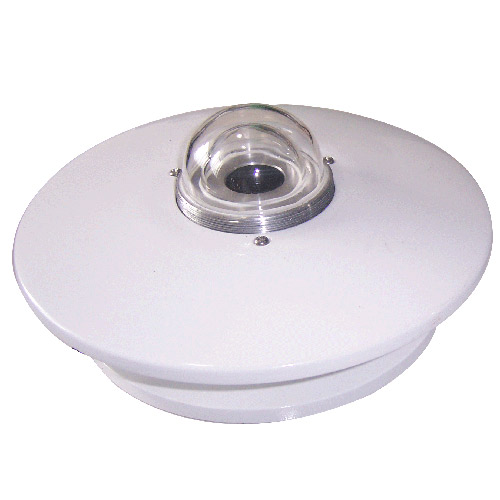 Pyranometer Solar Radiation Sensor 4-20mA/RS485
Pyranometer Solar Radiation Sensor 4-20mA/RS485
Screenshot, WhatsApp to identify the QR code
WhatsApp number:+8615367865107
(Click on WhatsApp to copy and add friends)
